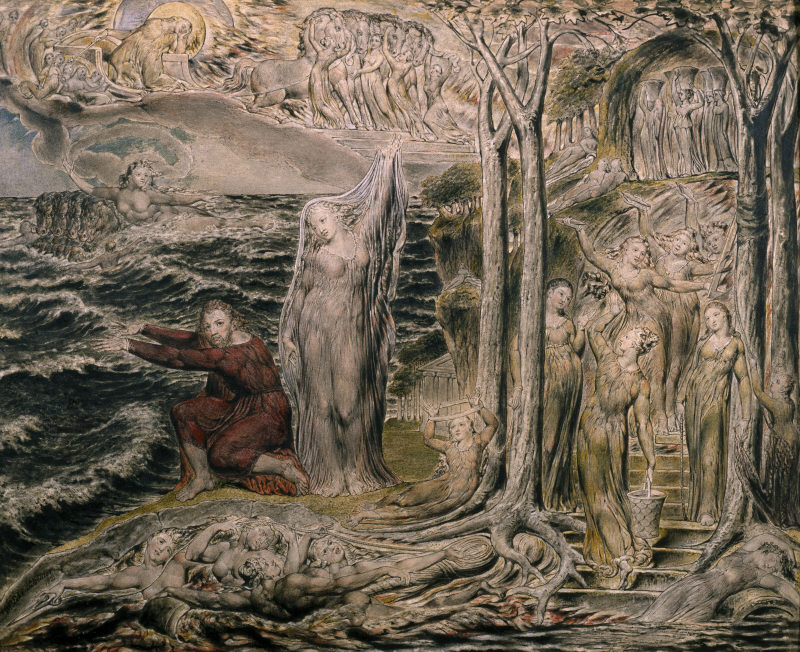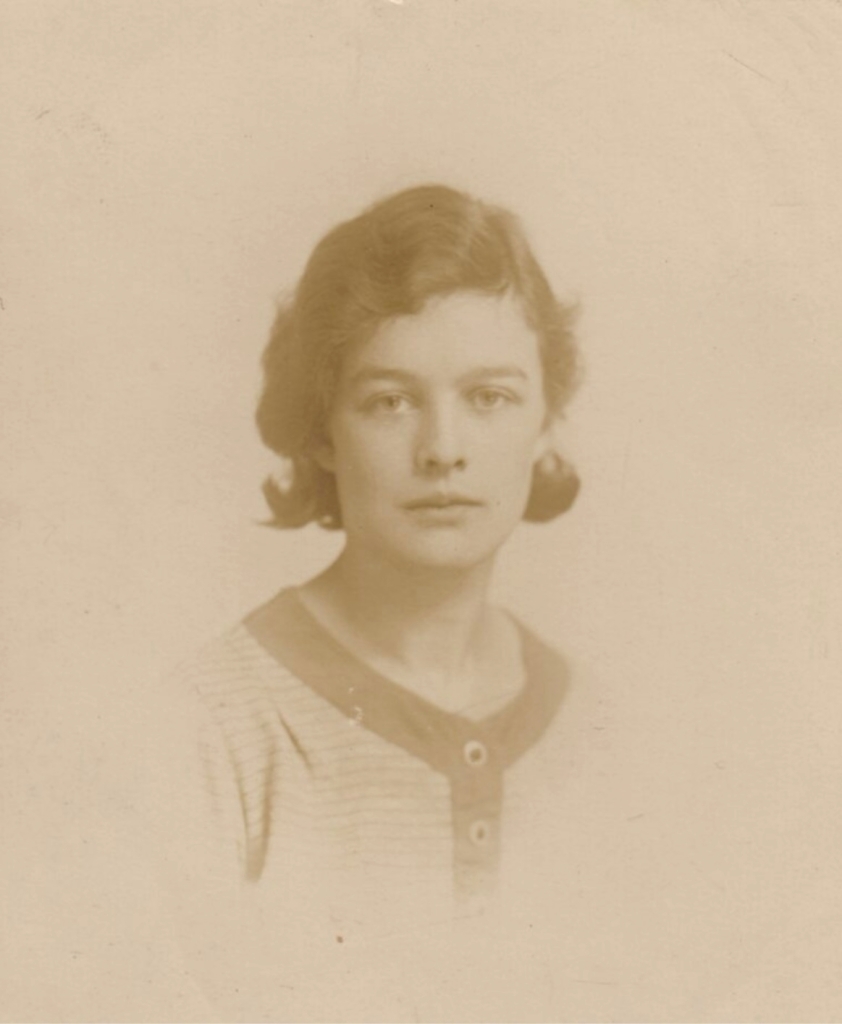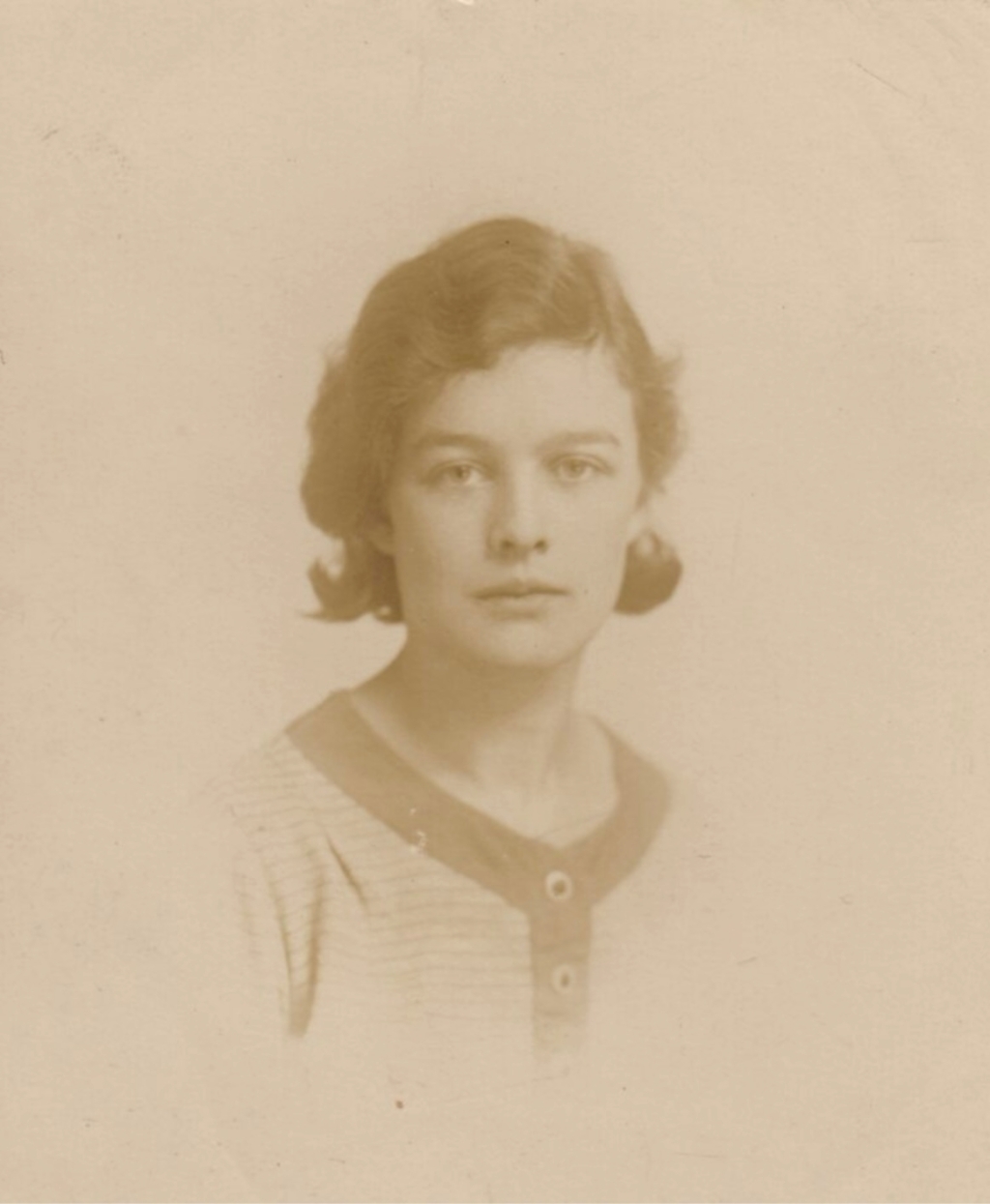by Kirsten MacQuarrie
I give you the end of a golden string; Only wind it into a ball, It will lead you in at Heaven’s gate, Built in Jerusalem’s wall…’ William Blake, “Jerusalem,” (1815).
‘Blake now became my Virgil and my guide; I took the end of his golden string, and began, with an exhilarating sense of return to duty, to wind it into a ball.’ Kathleen Raine, The Land Unknown (1975).
Unique amongst her academic colleagues in being equipped to approach the ‘pantheon’ of William Blake (1757 – 1827) from the perspective of a fellow poet, Dr Kathleen Raine (1908 – 2003) recognised the importance of not simply reading what her subject wrote but reading what he read.
‘Through the British Museum North Library’s General Catalogue,’ Raine recollected, ‘I tracked Blake’s footprints,’ and her method paid dividends in illuminating the diverse yet intricately interconnected sources that had inspired Blake. Uniting what had appeared to be eccentrically disparate strands of influence, Raine’s findings challenged the commonly held view of Blake as an ‘uneducated visionary’. Instead she followed the threads of a rich tapestry hidden in plain sight within his work that wove together Neoplatonism, mysticism, metaphysics, alchemy, astrology, esotericism, and early psychology. Raine defined what she discovered within Blake’s oeuvre as the ‘learning of the imagination itself’, and it was exemplified by his 1821 tempera painting The Sea of Time and Space.

Drawing on oceanic symbolism to vividly evoke the Platonic soul’s descent from, and eventual return to, everlasting spiritual life after temporal bodily existence, The Sea was only uncovered in 1949 (in a lumber pile on top of a pantry wardrobe at Arlington Court). That same year saw the publication of Raine’s third poetry collection, The Pythoness, and the imaginative spiritual insight that she had identified within Blake’s painting increasingly informed her own creative work. In 1952, for example, having authored the British Council’s Writers and Their Work pamphlet on Blake the previous year, Raine published her fourth poetry collection, the Arts Council Poetry Prize-winning The Year One. One theme of particular resonance within it was the myth of Cupid and Psyche, also explored extensively by Blake and paralleling the metaphysical themes of The Sea. “The Ring,” part two of Raine’s “The Marriage of Psyche” poem, became one of the most famous (if poorly attributed) first lines of twentieth century poetry after it provided the title for Gavin Maxwell’s internationally bestselling Ring of Bright Water.
‘He has married me with a ring, a ring of bright water Whose ripples travel from the heart of the sea…’
Powered by personal poetic spirit, Raine’s innovative research offered a key with which readers could unlock Blake’s ostensible obscurity, encouraging them to not simply understand what he had created, but why.
‘Blake’s world of vision is not ‘another’ world,’ she realised; ‘it is this world, seen differently. Blake’s inner world is the outer world… his “visions of eternity” are what everyman sees around him every day.’
In 1962, Raine became the first woman in history to deliver the prestigious A.W. Mellon Lectures in the Fine Arts at the National Gallery of Art in Washington D.C. She remained the only female speaker of the series until Jennifer Montagu in 1990. The lectures formed the bedrock of Raine’s paradigm-shifting Blake and Tradition, an epic two volume set that consolidated almost two decades of dedication. By 1974, her work had been recognised through the first of three honorary doctorates (from Leicester University, the University of Durham and the University of Caen-Normandy).

Nevertheless, both creatively and academically, Raine found herself increasingly frustrated by the limited vision of the Western world, much like Blake had felt almost two centuries earlier when faced with the ‘slumberous mass’ of life without ‘imaginative insight’. Asked by the University of Delhi to act as external examiner of a doctoral thesis submitted by a young scholar named Santosh Pall, Raine praised her ‘way of reading poetry with imaginative insight grounded in a knowledge of that spiritual tradition… all too rare in the academic world’. When Pall founded the Yeats Society of India, she invited Raine to give its inaugural lecture. At the age of seventy-four, Raine took the first of two trips to India. She delivered papers on Yeats, whom Raine had long identified as Blake’s modern-day inheritor, as well as The Sea of Time and Space and how Blake himself had been inspired by this ‘spiritual civilization’. In 1981, Raine founded the journal Temenos, devoted to the arts of the imagination, and a decade later, this evolved into The Temenos Academy: an educational charity ‘in the light of the sacred traditions of the East and West’ that continues as the guardian of Raine’s legacy to this day.
‘There are but two alternatives,’ Raine observed at the Academy’s opening. ‘The first alternative is that of secular materialism – “nothing is sacred” and no bounds set to destructive exploitation. The second alternative – embraced in every tradition of wisdom – holds that man and nature alike are a manifestation of immeasurable spirit. If that is so, we are custodians of a world in which, in William Blake’s words, “everything that lives is holy” and our sacred trust.’
To paraphrase Blake himself, ‘As [wo]man is, So [s]he Sees,’ and I hope this article opens eyes to Raine’s profound impact on both Blakean studies and spiritual scholarship.
References and further reading, all by Dr Kathleen Raine:
* William Blake (The British Council, 1951)
* Defending Ancient Springs (Oxford University Press, 1967)
* Blake and Tradition (Princeton University Press, 1968) and Blake and Antiquity (abridged version of Tradition; Routledge & Kegan Paul, 1979)
* William Blake (Thames & Hudson Ltd, 1970)
* The Land Unknown (Hamish Hamilton Ltd, 1975) (also Farewell Happy Fields, 1973, and The Lion’s Mouth, 1977)
* India Seen Afar (Green Books, 1990)
* That Wondrous Pattern: Essays on Poetry and Poets (Counterpoint, 2017)
